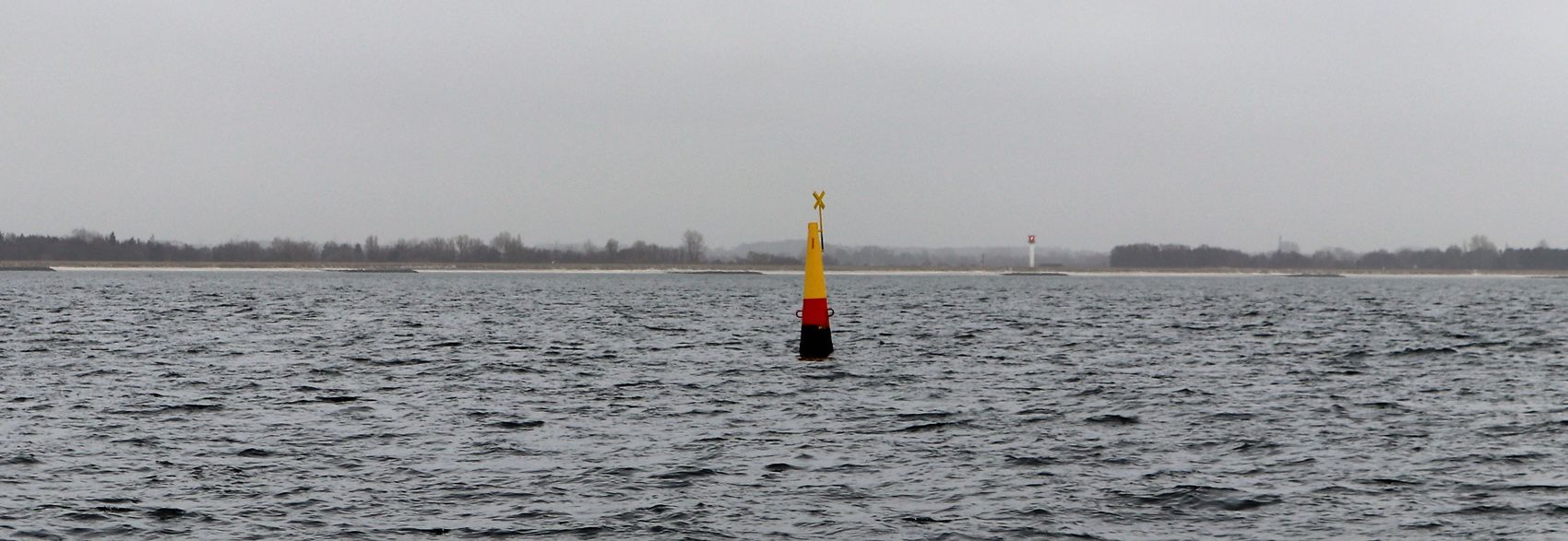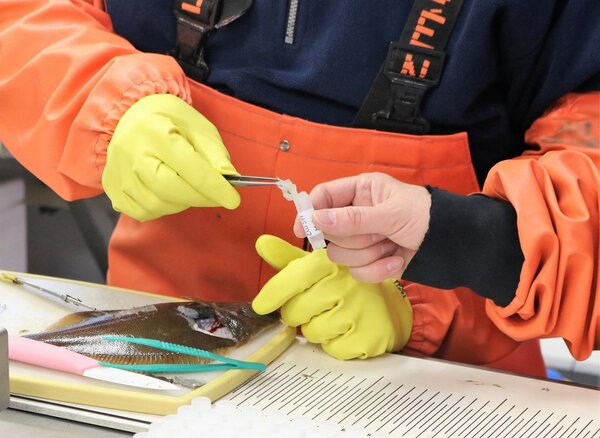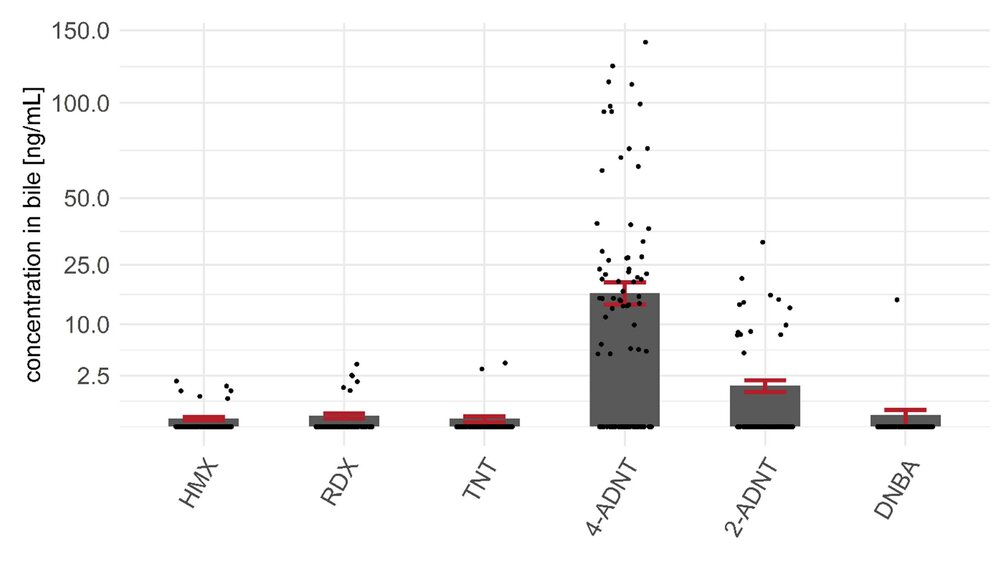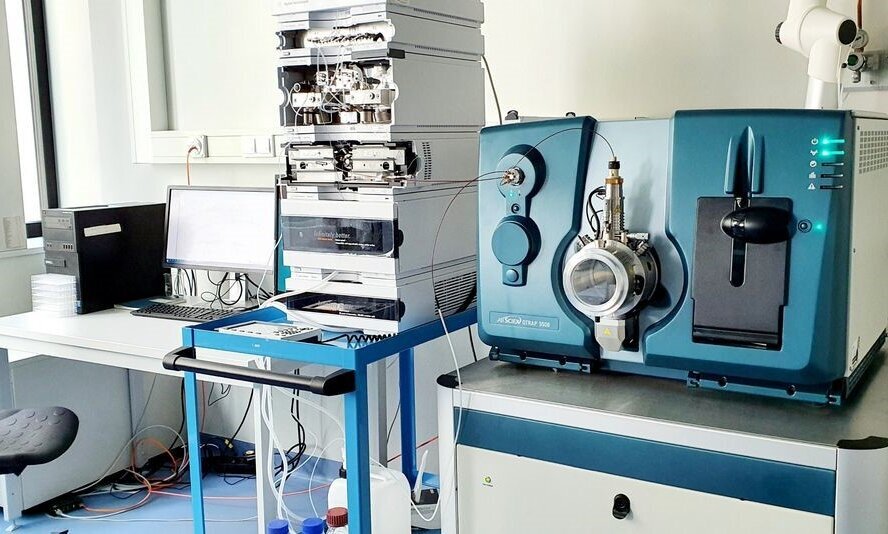Expertise
Effects of TNT and its metabolites on fish
Jörn Scharsack, Ulrike Kammann | 25.08.2022
What happens to fish that ingest explosives such as TNT underwater? What effects can be observed? We have investigated this in dumping areas in the Baltic Sea, including the Bay of Kiel.
A commonly used explosive in bombs, grenades, sea mines, etc. is TNT (trinitrotoluene). At the Thünen Institute of Fisheries Ecology, we have investigated, what effects such explosives, when released under water, have on the marine environment and especially on the health of fish. The findings should help to better assess environmental risks and develop targeted measures for dealing with dumped munitions.
A suitable study area is located near Kiel (Germany), in the munition dumping area ‘Kolberger Heide’ the Bay of Kiel. In this restricted area, about 35,000 tonnes of sea mines and torpedoes lie in 10-20 metres of water depth within sight of the beach.

Sick fish due to TNT?

A suitable indicator fish species is the dab (Limanda limanda), a flatfish that lives on the seabed and is thus potentially exposed to the explosives. Current results from project partners show that substances from the munitions have already spread over a wide range in the sediment and water in this area. Explosives have also been detected in various bottom-dwelling species and experimentally exposed mussels. This means that these substances can also enter fish via the food chain.
In order to record the effects of explosives on fish, we examined dab from the ‘Kolberger Heide’ munition dump site and from unpolluted areas as controls for a variety of internal and external diseases and parasites; in addition, we also examined changes in blood cell counts and liver pathology.
While there were no differences in the infestation with diseases and parasites and in the blood count, the examination of the liver revealed clear abnormalities: Liver tumours occurred in 25% of the dab from the munition dumping area, while the tumour rate in dab from uncontaminated areas was only about 5%. The carcinogenic effect of TNT is known for humans, and it could be that dab in munition dump site also develop increased tumour rates due to long-term exposure to TNT.
The question of whether fish are able to degrade TNT in their metabolism and which metabolites can be expected in environmental samples was answered with the help of so-called in vitro experiments, i.e. experiments in the test tube. To do this, we used enzymes from Baltic Sea fish livers to reproduce part of the fish's metabolism in the test tube. If small amounts of TNT are added to this experimental system, the same metabolic processes take place as in the living fish. Using high-resolution analysis with LC-MS/MS (photo), several specific degradation products of TNT were identified in the in vitro experiments. Similarly, in dab caught in the vicinity of a munition dump site, we hardly detected TNT in bile extracts, but its degradation products -2-amino-4,6-dinitrotoluene and 4-amino-2,6-dinitrotoluene (2- and 4- ADNT) more often and in significantly higher concentrations. The degradation products are also harmful, although less so than TNT itself. The results show that the substance TNT alone should not be considered in the analyses and impact assessments.
It is also known from laboratory experiments with zebrafish at the Thünen Institute of Fisheries Ecology that TNT and its degradation products have a damaging effect on genetic material.

Is mercury a problem?
A mercury compound was detected in the sediment of the ‘Kolberger Heide’ munition dump site , which probably originates from detonators of ammunition dumped there. At the Thünen Institute we investigated whether fish take up the mercury and whether the contamination is reflected regionally in the animals.
The answer is no – mercury was not found in higher amounts in fish from the ‘Kolberger Heide’ dumping area than in fish from surrounding areas. Beyond the diffuse background contamination, a possible additional contamination from the munitions was not present or not detectable.
This negative finding makes it clear that mercury in fish is not suitable as a parameter for screening of fish for munition residuals in the sea - at least not in the ‘Kolberger Heide’ area. Such a screening is currently under development by federal and state committees with the participation of the Thünen Institute on behalf of the Conference of German Environment Ministers.







